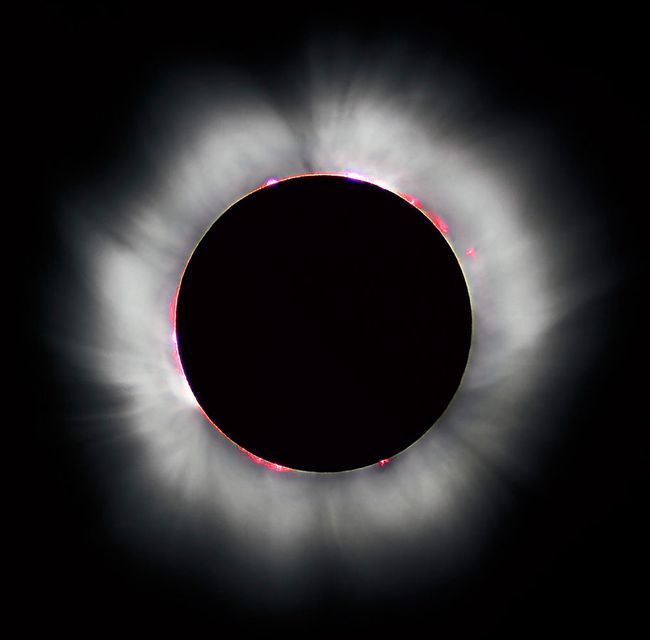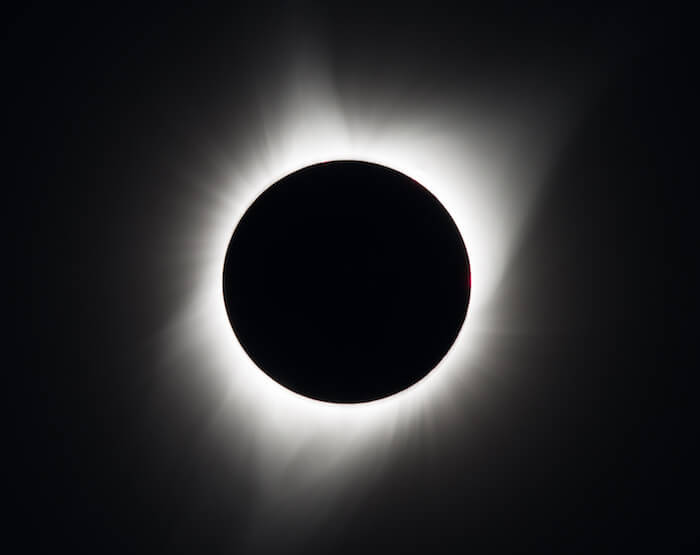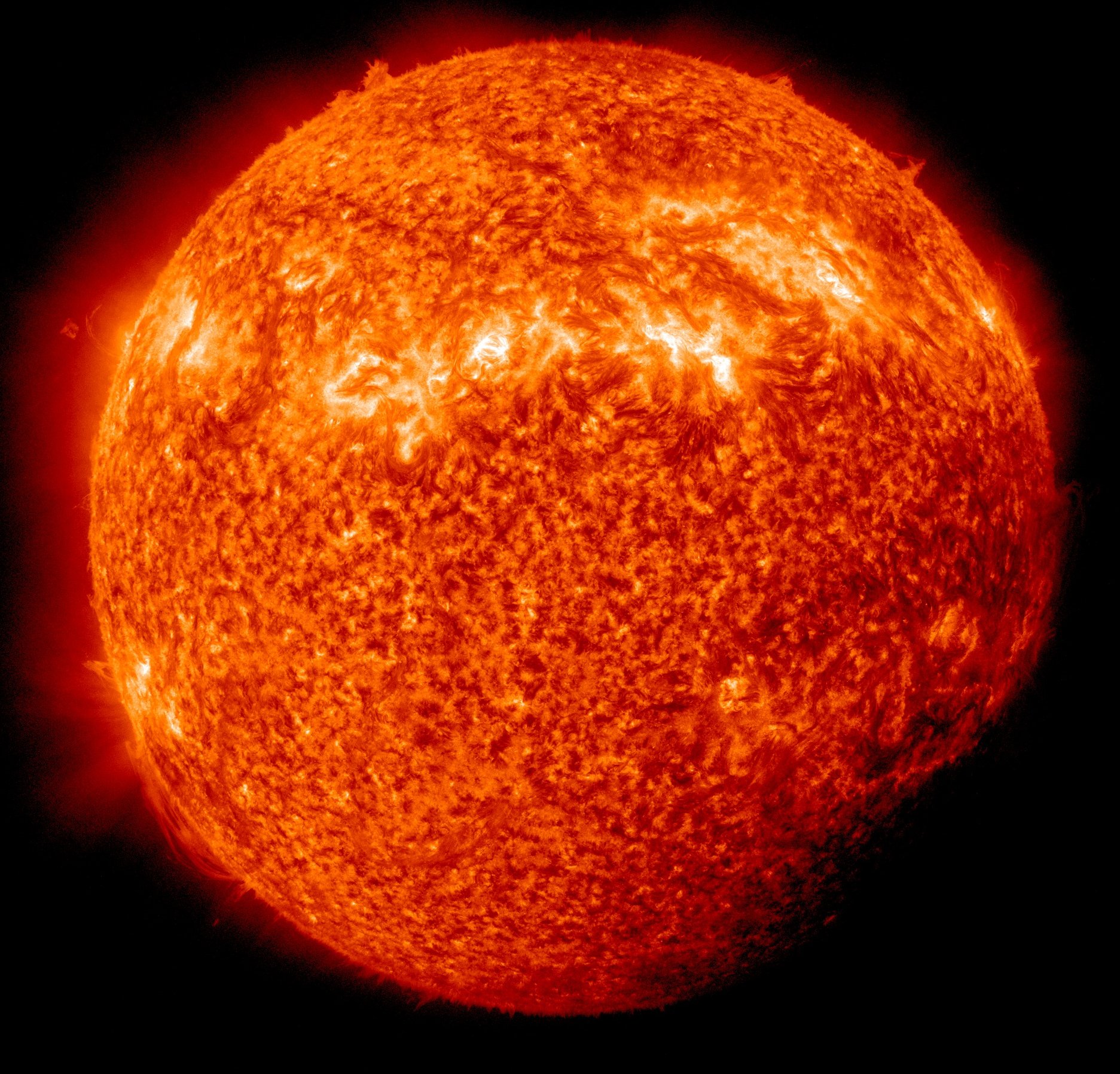

To Cause Problems on Google Maps and Birds (Photo: Wikimedia Commons/ NASA Goddard Space Flight Center from Greenbelt, MD, USA) While the odds of hitting the Earth as classified as "slight," if it were to strike the planet, the power grids will start fluctuating because of the unstable nature of the wind.ĪLSO READ: Solar Storm Heading Towards Earth Likely to Hit Soon How Does It Affect Someone's Health? More so, it would buffet the magnetosphere of the Earth, which means that it would attempt to break through this planet's atmosphere. 🚨 Dangerous millions of miles an hour solar winds to batter earth orbit tonight 🚨 /gI9KhTkU1B- Daily Star June 19, 2022 Space report recently said that a dangerous and high-speed solar wind would strike the planet this evening, and if this happened, it could play havoc with the power grid of the United Kingdom.Īs indicated in a report from Daily Star, the flare would be coming from a hole in the Sun at roughly one million miles per hour.

(Photo : Wikimedia Commons/ NASA Goddard Space Flight Center from Greenbelt, MD, USA) Holes in the Sun's Corona The research was published in the journal Science. The simulations showed that energy likely was deposited by electrons travelling at about 20 per cent of the speed of light.įinding high-energy electrons that aren’t associated with large flares suggests that the solar corona is, at least partly, heated by nanoflares, researchers said.

Using computer simulations, they modelled the response of the plasma confined in loops to the energy transported by energetic electrons. The team inferred the presence of high-energy electrons using IRIS high-resolution ultraviolet imaging and spectroscopic observations of those footpoint brightenings. Testa and her colleagues have found that IRIS provides a new way to observe the telltale signs of nanoflares by looking at the footpoints of coronal loops.Ĭoronal loops are loops of hot plasma that extend from the Sun’s surface out into the corona and glow brightly in ultraviolet and X-rays. “These nanoflares, as well as the energetic particles possibly associated with them, are difficult to study because we can’t observe them directly,” said Testa. Those speedy electrons also can be generated by scaled-down versions of flares called nanoflares, which are about a billion times less energetic than regular solar flares.

These high-energy electrons can have a significant impact when they reach Earth, causing spectacular aurorae but also disrupting communications, affecting GPS signals, and damaging power grids. During flares, solar plasma is heated to tens of millions of degrees in a matter of seconds or minutes.įlares also can accelerate electrons (and protons) from the solar plasma to a large fraction of the speed of light.
#SUN CORONA HOTTER PATCH#
The team found that miniature solar flares called “nanoflares” – and the speedy electrons they produce – might partly be the source of that heat, at least in some of the hottest parts of the Sun’s corona.Ī solar flare occurs when a patch of the Sun brightens dramatically at all wavelengths of light. WASHINGTON, Oct 18: Scientists have finally decoded why the Sun’s million-degree corona or outermost atmosphere is so much hotter than its surface, which has baffled astronomers for decades.Ī team led by Paola Testa of the Harvard-Smithsonian Centre for Astrophysics (CfA) has found new clues to the mystery of coronal heating using observations from the recently launched Interface Region Imaging Spectrograph (IRIS).


 0 kommentar(er)
0 kommentar(er)
